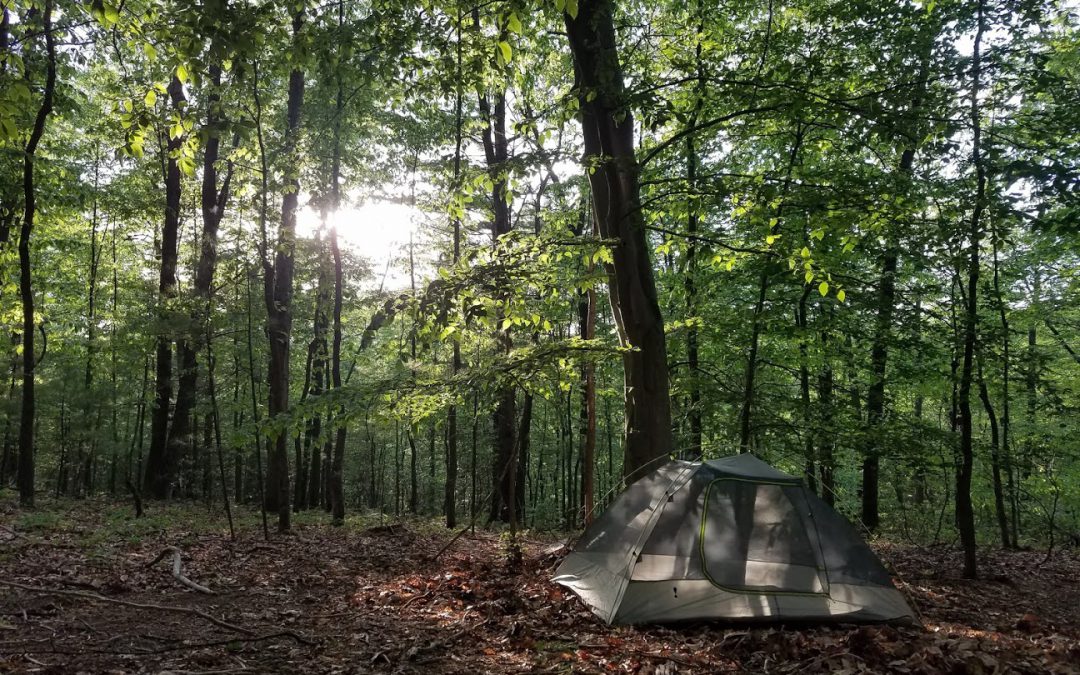
by William | Jun 2, 2021 | Small Footprint
Dear Readers,
William and I both grew up in homes surrounded by forest. We are well acquainted with the darkness that descends come nightfall. We are familiar with nightly noises~ owls, foxes, coyotes. William even spent his childhood as a boy scout, and the concept of sleeping outside in the middle of the woods is certainly not foreign to him.
However.
The first night William and I camped on our property in the Land of the Laurels brought our predator and prey instincts to a very different level.
We were the intruders. Just the two of us. Him. And me. And our four feet, two voices, and very presence, was of much curiosity to the land we occupied for the night.
We decided to place our tent directly under the giant American Beech tree. Its wide, sun hungry branches provided a decent cover. Plus, it is just a beautiful tree. But the ants…the ants were very interested in us and our tent. And it didn’t matter whether we put our tent under the Beech tree, or under the Chestnut Oak…the ants were everywhere. I’ve decided that our property may very well be just one giant ant hill.
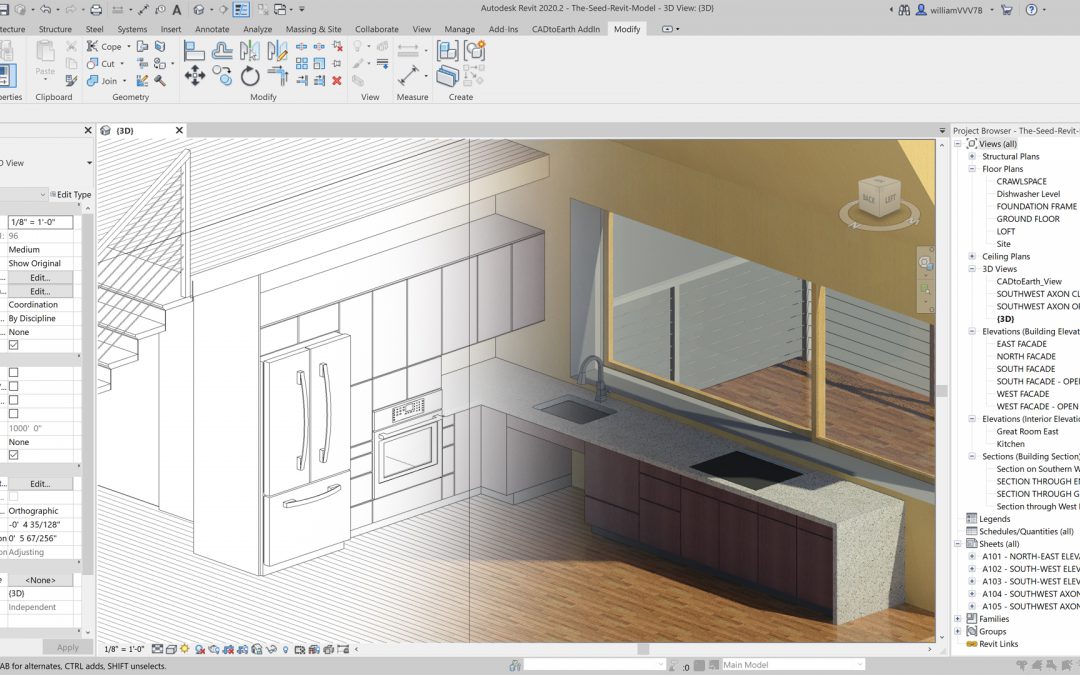
by William | May 26, 2021 | Small Footprint
Dear Readers,
The great thing about presentations is that they force William and I to accomplish tasks we would rather procrastinate on. For example, the rendering William completed for our presentation to Pittsburgh’s Green Building Alliance was, at best, rough. For this next presentation we have coming up for Philadelphia’s Green Building United, we want people to really see this beautiful image of our home we have revolving around in our own heads.
That means we need to hunker down and pick interior materials and products. And if you are attempting to meet the Living Building Challenge, that does not result in: “oh, let’s just go to Home Depot and see what we find today…”
When I look for a fridge, I need to know where exactly it is manufactured, does it have a Declare Label, does the refrigerator use any HFCs or does it rely on R600a (which has a lower global warming potential), and is the refrigerator itself made with any Red List chemicals? Not to mention if the fridge comes in the color and design William wants…oh! And how much energy does it actually use?
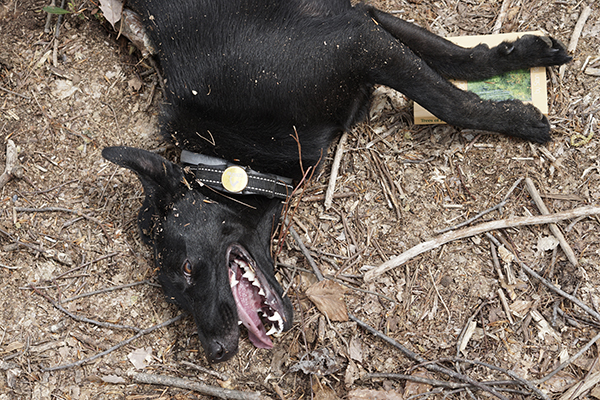
by William | May 12, 2021 | Small Footprint
Dear Readers,
I am starting to feel like I am wasting my time attempting to rely on technology to map our trees. I made a second attempt at using a GPS app to pinpoint the exact longitude and latitude of specific trees on our property (the ones surrounding our home’s intended location and our potential driveway). While this app, called “GPS Coordinates,” was much more accurate at placing trees on a map in relation to our property lines, it was still not 100%.
To start, that ‘unknown big tree’ that is supposed to be directly at the beginning of our potential driveway looks about 50 feet off. Same with the big red oak and pin cherry tree that looks like an elbow…about 50 feet off.
That wee mountain maple that is supposed to be along our driveway, looks to be off by almost 100 feet. That large Scarlet Oak is also way off…I think the American Beech tree is accurate…
Grant it, these coordinates are all shown on Google maps, which is not totally accurate at placing specific, ‘small’ things, in regards to property lines. I mean look at how the same pins show up in completely different places, depending on whether or not you are viewing the property in ‘landscape’ or not…
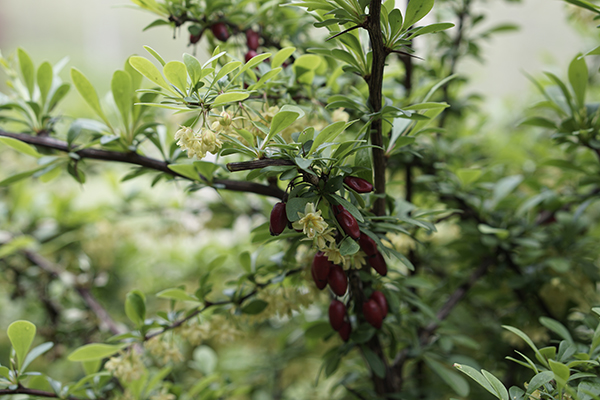
by William | May 5, 2021 | Healthy Living
Dear Readers,
What started as a rather appealing shrubbery in the late 1800’s, is now recognized as a Lyme harboring, nitrogen inducing, overall native tree and plant murderer.
Extreme, dramatic wording? Maybe. But still accurate? From what I can find, and see…yes.
The Japanese Barberry was first introduced to the United States as an ornamental plant in 1857. And it looks like this…
They can now be found from Maine to North Carolina. This one is in Pennsylvania, and as you can see, they have the potential to get huge…
While pretty with their winding tendrils and red oval-shaped berries…their danger lies in their vast greediness. Because of their overwhelming volume, they will literally suppress and smother native competing plants and little trees.
Japanese Barberry also have the ability to change the pH of the soil. Their leaves…their leaf litter…breaks down quickly in the soil and raises the level of nitrogen. The change in soil further eliminates native plants…so, not only does the Japanese Barberry smother…it poisons!!
And if smothering and poisoning native plants isn’t bad enough, Japanese Barberry also harbors and helps propagate the spread of Lyme disease. Beneath their voluminous tendrils, they create their own micro-climates by “…buffering extreme temperature and humidity fluctuations…” Which ticks love. And Lyme disease sure does love ticks. Research done by the University of Connecticut found that areas where Japanese Barberry bushes grew rampant had 120 Lyme infected ticks per acre. In comparison, areas where there were no Japanese Barberry had only 10 Lyme infected ticks per acre.
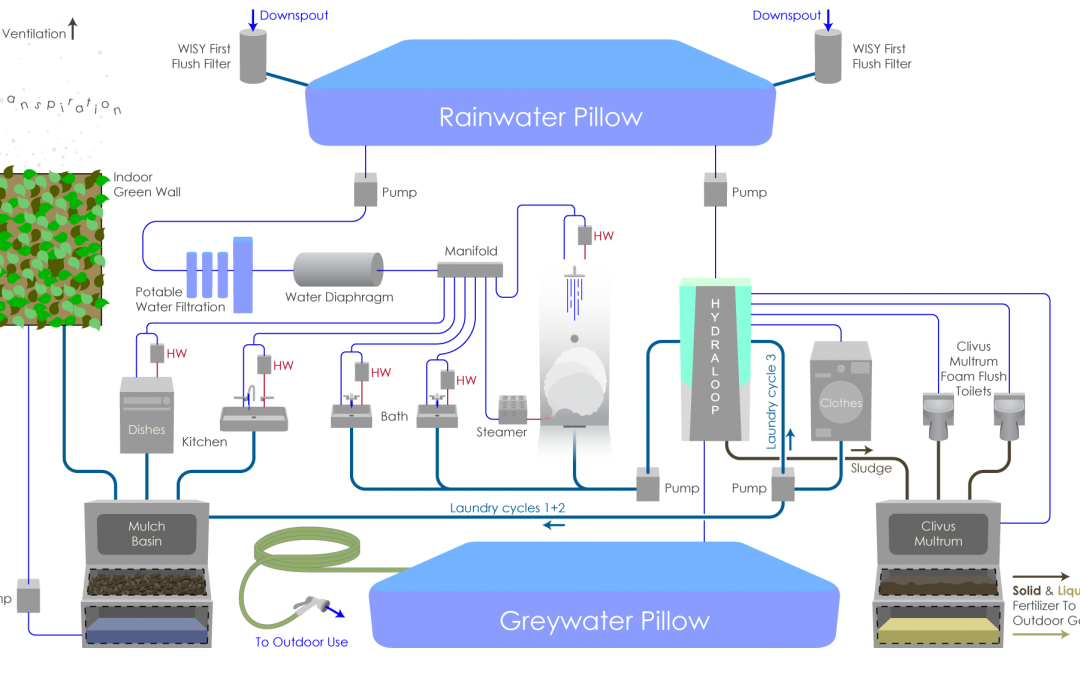
by William | Apr 28, 2021 | Net Zero
Dear Readers,
I think this is Round III of our plan to harvest and treat all of our water on-site…it may actually be round IV…or V. In truth, what version of the ideal we have bounding about in our brains does not matter. What matters, is this is what we have officially just shipped off for interpretation by code!
The goal we have set for ourselves is to meet the Water Petal as set by the Living Building Challenge, while also meeting PA Code. We want to not only maintain, but enhance, the safety and health of our surrounding natural environment and communities.
What you are about to read is essentially how we explained our system to the DEP. However, when I had some loved ones proof-read our email, they said it was overwhelming and boring.
So, I still sent our extensive email away to code.
While it is still certainly overwhelming, code does not care if it is boring. They just want to do their job and make sure we don’t jeopardize the health or integrity of our environment or neighbors.
But, to make it interesting for those who do find this overwhelming and boring, I am going to explain it in the context that you are a little, adorable, droplet of water. While small in stature, you are incredibly significant to our family’s, and the Land of the Laurel’s, survival.
My dear little droplet, your life has no real beginning or end. You just are. You belong to, and are a cycle that determines the life or death of every living being on this planet. For our story, we will begin with one of your many falls.
All excited and condensed with so many other droplets, it is now the time for you to let the weight of your condensation be pulled by gravity to the earth. Like a sneeze that has just built up for way too long, you finally let it go!
WeeeEEEEEEEEEEEEEEEEE!!!!!





